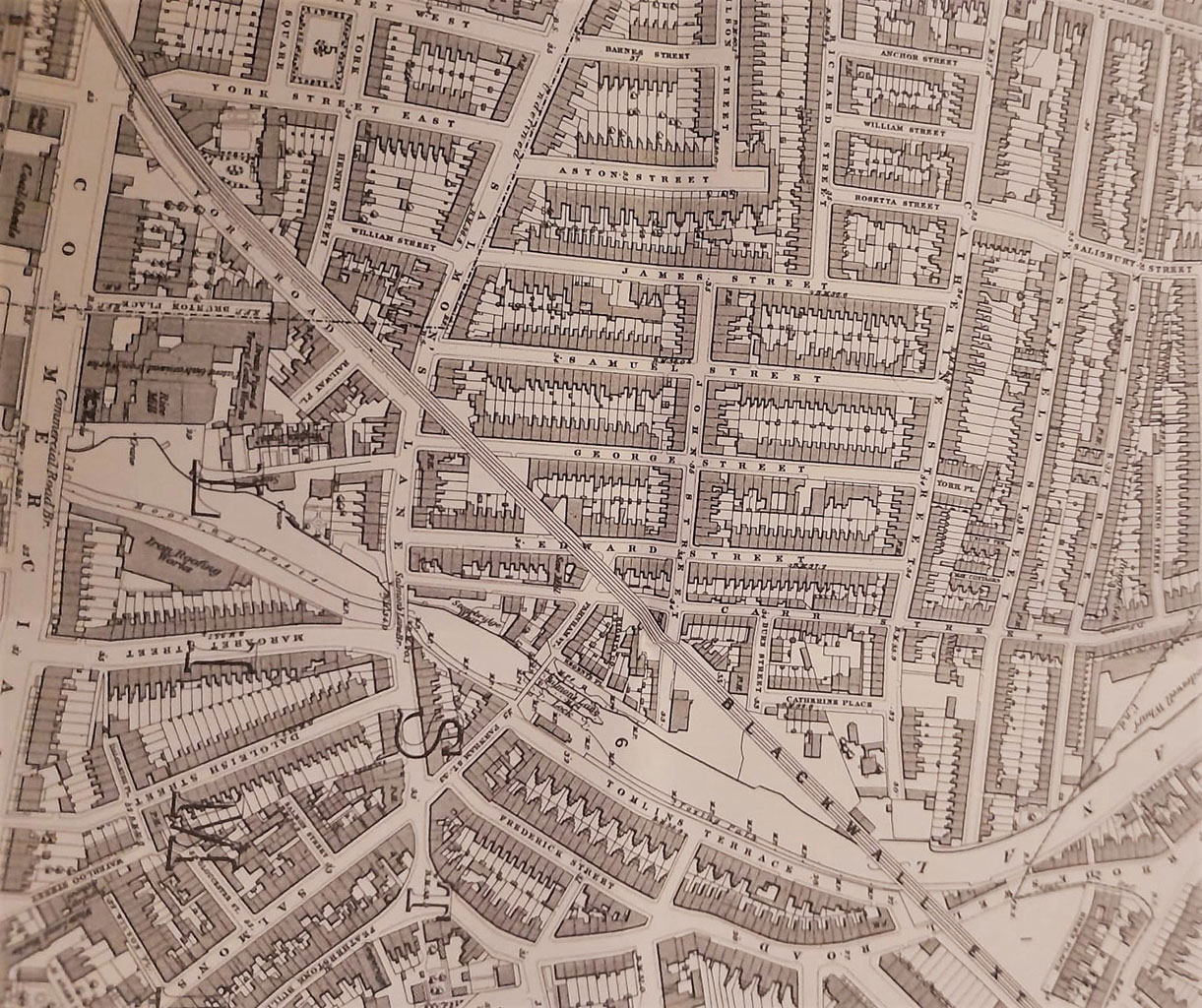19th century letter
The museum recently received a small collection from the Sevenoaks Society.
One of the items was this handwritten letter, dated 1832, from a Henri Martin in Stepney East London to a Mr Bowrer, ‘Overseer’, in Sevenoaks.
The ‘T.P’ stamped above the word ‘Stepney’ stands for Twopenny Post, the charge for postage. The Twopenny Post replaced the Penny Post from 1805.

Overseers were unpaid officials who administered poor relief such as money, food and clothing. They would collect money on behalf of the poor and decide who was most in need of help. They also supervised the poorhouses, later more commonly known as workhouses.
We can see from the address that Mr Bowrer’s paid occupation was ‘Clock and Watch Maker’.
The recipient might in fact be William Bowra, of the notable Sevenoaks clock making family, who lived and worked on the High Street at the time this letter was sent.

In the letter, Henri Martin asks Mr Bowrer for poor relief due to his wife being severely unwell, and expresses concern about ending up in debt for doctor’s visits.
He writes that he has been advised to “write home to Sevenoaks to let the gentlemen of the committee know that there is no possibility of moving my wife at the present except it is to the grave”.


In the 1830s, east London was the most deprived and dangerous part of the city. Though it was a hub of industry, the rapidly growing population led to cramped and unsanitary conditions, and there was no national welfare system to support the sick or elderly when they couldn’t work.
The letter suggests that Mr Martin, being from Sevenoaks originally, has been directed by the poor relief administrators in Stepney to request that Sevenoaks Parish take responsibility for him, even though he cannot move out of Stepney.
He explains that he has been “ordered to go to the poor house next Friday to hear what orders the gentlemen of Stepney have got from Seven Oakes”.
The map below shows Edward Street, Stepney, the address provided by Mr Martin. The street no longer exists, but Salmon Lane and Commercial Road are still there.

Written by Liz Botterill, Curator



